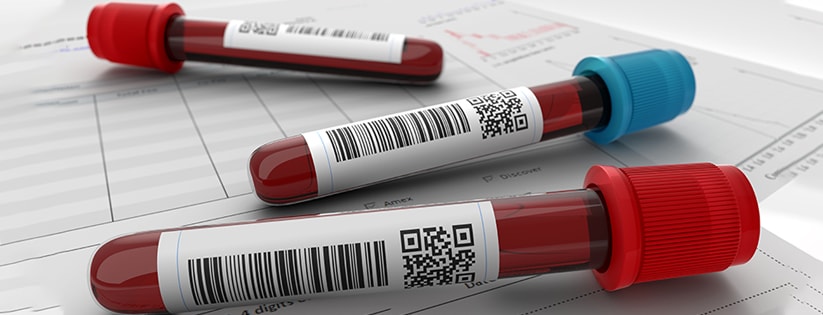While lab services account for only 3-5% of total dollars spent on healthcare, those services inform or facilitate over 70% of the diagnosis-related decisions. Without a doubt, the results delivered by the laboratory testing industry, including independent labs, hospital outreach labs, and physician office labs, are critical to providing positive healthcare outcomes.
With healthcare’s perpetually rising costs, coupled with industry-wide expense reduction demands, laboratories are now being confronted with disruption from the Protecting Access to Medicare Act (PAMA) by CMS. Under this act, laboratories are now required to submit private payer rates which will affect reimbursement in three-year reporting cycles under the Clinical Laboratory Fee Schedule (CLFS) for Medicare. In 2019 alone, labs saw 75% of CLFS codes decrease, while only 10% saw in increase.
Increase Laboratory Revenue with Strategic Partnerships, But Also by Collecting More of What You Earn
Creative ways of enhancing lab revenue are at the forefront of position papers and conferences, but maybe we need to also look internally. There are two ways being talked about to increase laboratory revenue: perform more tests and reduce expenses. But what about a third conversation—collect more on the testing that’s already being done.
By automating the healthcare payment lifecycle from patient access and prior authorizations through the revenue cycle management process, your lab would recognize more of the revenue owed to you, as well as experience efficiencies that would free up staff for higher functions. So let’s look at five ways to improve your lab revenue starting with collecting more of what’s earned:
- Automating Manual Prior Authorization Processes
Having a prior authorization (PA) in hand before initiating testing procedures would eliminate problems with payment from insurance payers and denials of appeals after the fact. With today’s AI-driven options, PA’s can be secured in real-time from ordering providers or initiated, followed up, and monitored automatically. - Coding, Billing, and Denials Management
As the Centers for Medicare & Medicaid Services (CMS) release their 2020 proposed changes for ICD-10 and CLIA, and there is increased auditing that targets labs that may be unbundling or overbilling, there has never been a better time to investigate improvements to your RCM processes. Using an expert third-party participant would ensure coding, billing, and denial management would be handled with the most current and relevant rules and regulations in place. - Laboratory Outreach and Developing Strategic Partnerships
The nation’s two largest publicly-traded labs, LabCorp and Quest, both reported PAMA-related reductions in earnings since the beginning of 2019 and anticipate further declines as Medicaid follows Medicare’s lead. Now is a crucial time to reevaluate your strategic partnerships, develop new opportunities, network with stakeholders, and perform outreach to critical business funnel participants. - Managing Multiple Payers
With the enhanced data analytics that are available today through automated and AI-assisted systems, be prepared to assertively negotiate contracts and fee schedules with existing payers with whom you participate. The insurance industry has positioned itself as infallible, and intimidating and healthcare participants often negotiate from a perceived weak position. Armed with key data, don’t let the opportunity slip by to maximize your third-party payer relationships. - Renegotiate or Reduce Costs of Necessary Supply Contracts
Labs are further feeling the pinch from increases to necessary supply costs, including needles and tubes, which have increased by as much as 30 percent recently. Through contract renegotiation, improvements in inventory management, and reexamining both how testing is performed and which tests are outsourced, there is often the opportunity for streamlining and cost savings.
Being responsible for the efficient operations and financial well-being of a laboratory services organization is particularly challenging with no clear end in sight. Now is the time for creative solutions and reexamining set patterns and long-established processes to look for new and innovative answers.
Contact us to explore ways to maximize laboratory revenue through increased collections.
